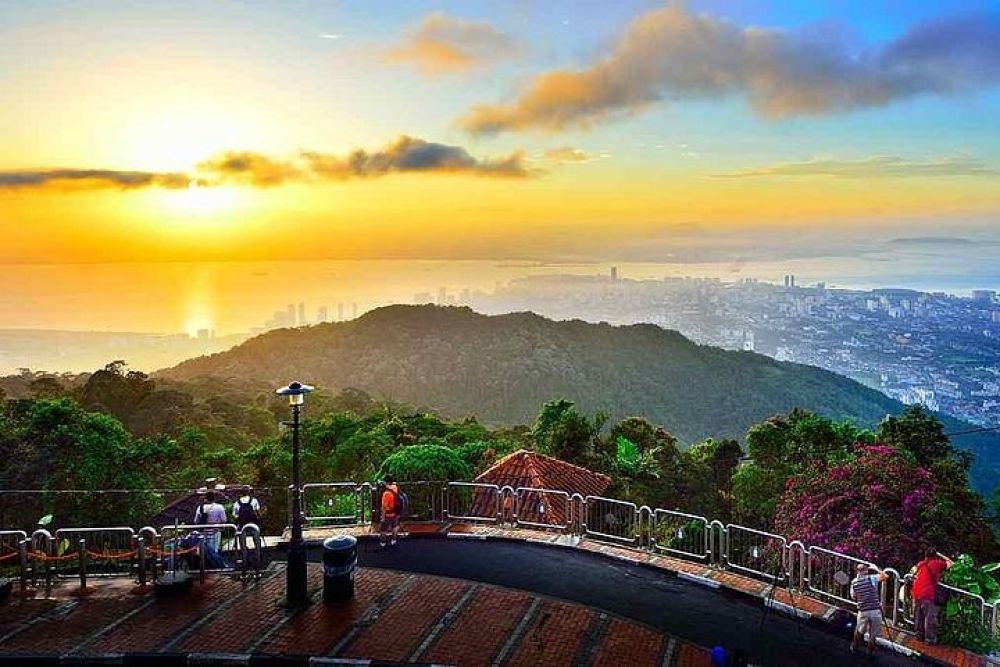

Penang Hill, locally known as Bukit Bendera, is one of the most enchanting tourist attractions on Penang Island, Malaysia. Its history as a colonial hill station established by the British in the late 18th century marks it as a place where tourism intersects with cultural heritage. The cool climate on the hill provided a retreat from the tropical heat for British colonials, contributing to its development as a popular tourist destination.
The origins of tourism on Penang Hill can be traced back to the colonial era. The first simple route to the top was laid out in 1788, just a few years after Captain Francis Light had established the settlement of Georgetown. The establishment of the hill as a station was initially for military and then recreational purposes. By the 19th century, bungalows were built as the colonial officers and their families started to frequent the hill for holidays, giving rise to Penang Hill's status as a hill resort.
Access to the hill greatly improved with the introduction of the Penang Hill Funicular Railway in 1923. This marked a significant milestone in the history of tourism on Penang Hill, allowing for easier and faster transportation to the summit for both locals and tourists. The railway itself soon became an attraction and remains a cultural heritage icon to this day.
After Malaysia's independence in 1957, Penang Hill continued to flourish as a tourist destination. The hill not only offered panoramic views of Penang and a respite from the busy city life but also became home to unique flora and fauna, leading to an increase in eco-tourism. Efforts to conserve the hill's natural and historical legacy have been ongoing, with upgrades to the funicular system and the introduction of guided nature tours.
Today, Penang Hill boasts a number of modern attractions, including an owl museum, a hawker food center, and The Habitat, which offers a nature experience with a canopy walk. The hill has successfully preserved its historical charm while adapting to modern tourism demands.
In recent years, Penang Hill's tourism trend has seen a shift towards sustainable and responsible tourism. The management has implemented numerous initiatives to preserve the hill's natural environment. There are educational programs to foster visitor awareness about the importance of conservation, and eco-friendly practices have been integrated into the hill's development plans.
To conclude, Penang Hill stands as one of Penang Island's premier tourist destinations, with a rich history that continues to evolve. Its journey from a colonial retreat to a modern conservation area shows the dynamic relationship between culture, history, and tourism in Malaysia.